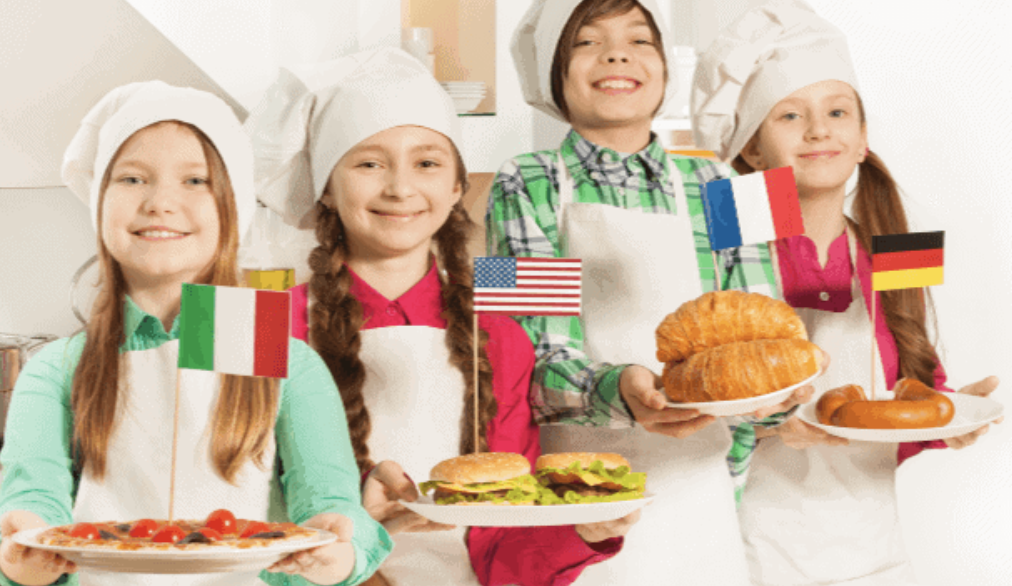
Meaning Behind My Tool:
I chose the tool of ‘Global Education’. This is a very extensive tool, for it covers the cultures and heritages that need to be a part of the goal we strive as teachers to do which s the act of inclusive education. I want my students to understand the importance of learning and accepting new cultures and heritages. I also want my future students to grasp the concepts of global goals and our crucial stance to help other countries and people that need it. It is of upmost importance that our future generation understands that they inhabit the same Earth as the next generation across the oceans.
The goal as future educators is to have your students realize, acknowledge, accept, and want to be part of the change in helping others around the world. Kids are naturally like sponges who soak up all of the examples we put in front of them. They want to learn and be conscious and cognizant of the world around them. Instilling habits and goals to strive toward at a young age creates and assimilates an understanding they need.
The Global Education Checklist is an online document created by Fred Czarra. There are papers combined into one American Forum for educators to peruse. These standards are for educators to abide by and have their students be a part of the change and come to an understanding of global issues and cultures that they may not be exposed to on the norm. It consists of four different categories with different subcategories questions in each. One that really stuck out to me was point number four under ‘Questions for Local School Systems’. Point number four says, “Utilizing Diversity in your Community”. it says, “
a. Does your school system have a policy of encouraging ethnic and racial
diversity in school activities?
b. Does your school system encourage ethnic and racial groups to participate
in school activities?
c. Are ethnic and racial group members encouraged to assume leadership positions
in the school system?
d. Is the community able to share in the experiences of students and teachers who have
engaged in exchange programs with other nations?”
(Czarra, pg. 9).
The ways in which I would incorporate these into my classroom would be different lesson plans each week or every other week that consists of a focus on a different culture or catered toward a different student’s culture. An example could be a Global Foods week, where each day a different group of students show off a recipe that comes from their culture if they want to. They can explain the history behind their tradition. This could be during the holidays so it can go hand in hand with many students and give a variety.
This can be extremely helpful when trying to be all inclusive with students of different backgrounds. Different holidays can be shown too, instead of a recipe. It can be a simple tradition like what a family does for their holiday tradition, or a game that they play within their family that appeals to a different heritage.
I believe that this checklist is the answer to many problems within the classroom when it comes being inclusive, and having students become aware of world issues and global problems. Not only can it create core memories for being understood and being different, but realizing that being different in a sea of similarities is a beautiful thing.